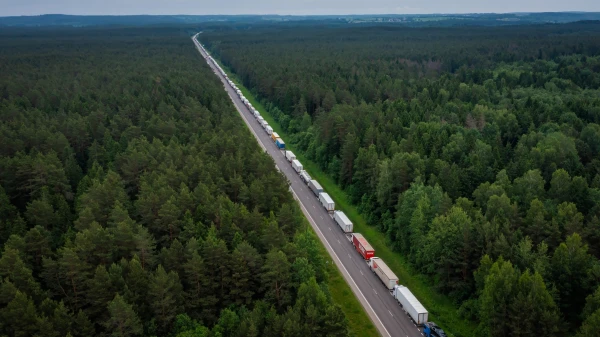
Belarus refused to open an evacuation corridor through the 'Šalčininkai' border crossing for Lithuanian trucks stranded in the country.
The neighboring country made this decision last Friday evening.
"I inform you that the Belarusian side has accepted the provided information and, as previously announced, offers to resume the operation of the 'Šalčininkai' border crossing in the previous mode that was in effect before your restrictions were imposed on October 29, 2025," the document from the Belarusian authorities, reviewed by the BNS agency, states.
According to Prime Minister's advisor Ignas Dobrovolskas, such actions by the Belarusian authorities continue to create artificial obstacles for Lithuanian and European companies in returning freight transport.
"The 'Šalčininkai' border crossing remains closed, but the government continues to seek ways to help Lithuanian carriers retrieve their property," he stated on Saturday.
METEOROLOGICAL BALLOONS WERE ALSO OBSERVED ON SATURDAY NIGHT
In response to the threat to civil aviation associated with the launch of meteorological balloons used for smuggling cigarettes from Belarus, Lithuania closed its border with Belarus for a month, with some exceptions.
This decision is in effect until November 30, after which the cabinet will decide on extending the closure.
As reported by the BNS agency, at the end of October, airports in Lithuania had to close several times due to the launch of balloons from Belarus, affecting a total of about 150 flights and more than 20,000 passengers.
Dobrovolskas assured LRT television on Saturday morning that several dozen observations of balloons were also recorded on Saturday night, indicating that "the Belarusian authorities continue to escalate their hybrid attack on Lithuania." This time, airport operations were not disrupted.
In response to the closure of border crossing points, Minsk banned Lithuanian carriers from moving within the country.
On October 31, authoritarian President of Belarus Alexander Lukashenko signed a decree prohibiting the use and movement of trucks and semi-trailers registered in Lithuania and Poland on the territory of Belarus.
According to data provided to journalists after a meeting of the National Security Commission, about 1,000 Lithuanian trucks and semi-trailers are currently stranded in Belarus, of which 400 are at the 'Šalčininkai' border crossing.
ADDITIONAL RESTRICTIONS NOT EXCLUDED
According to the Prime Minister's advisor, since Belarus continues to refuse to let trucks through, the issue of long-term restrictions on the transportation of Belarusian cargo by rail through Lithuania is being considered.
"There may also be a long-term restriction on the transportation of Belarusian cargo by rail, however, this is not currently being discussed, but if the situation escalates, it cannot be ruled out," he said.
It is expected that part of the incurred losses will be recovered from Belarus or its assets.
"Lithuania urges its carriers to gather information on incurred losses, which may be recovered from Belarus or its assets after assessing legal possibilities," Dobrovolskas stated.
Oleg Tarasov, Vice President of the National Association of Road Carriers Linava, mentioned that just in the last week, the parking of vehicles in Belarus cost carriers about 5 million euros.
One of the options to solve the problem he mentioned was to increase the throughput of the partially functioning 'Mėdiininkai' border crossing. On Saturday, the Linava vice president assured LRT that about 30 trucks pass through this crossing daily, while about 700 are waiting in line.
"And at this rate, are we going to be evacuating for two months? Judging by the statements from the Belarusian side, we will not resolve the situation unless we open the border crossings," Tarasov noted.

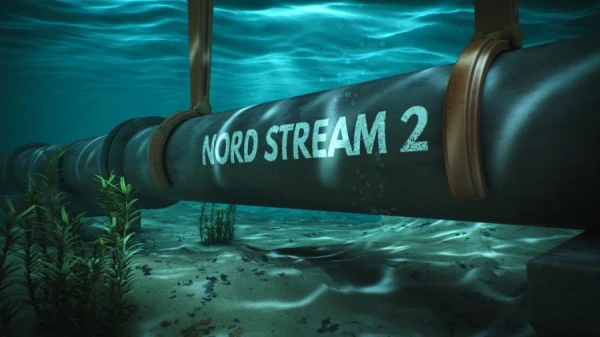
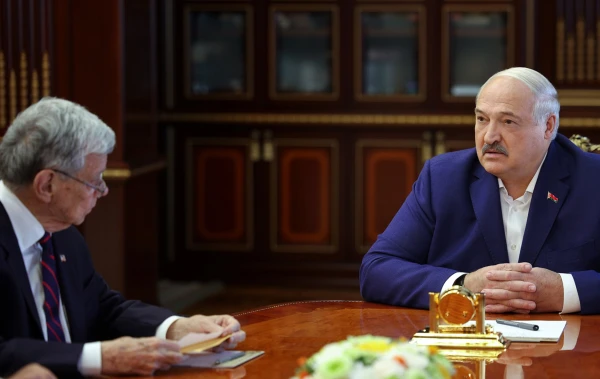

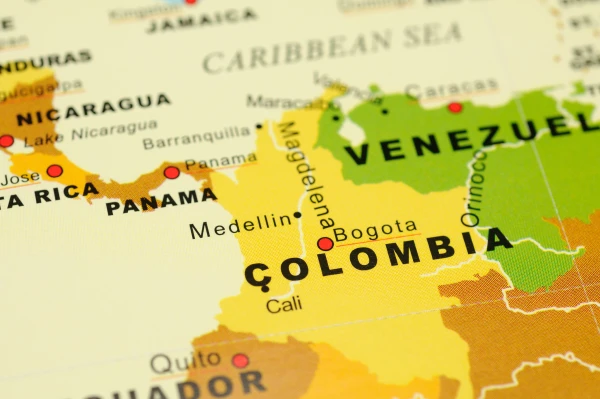
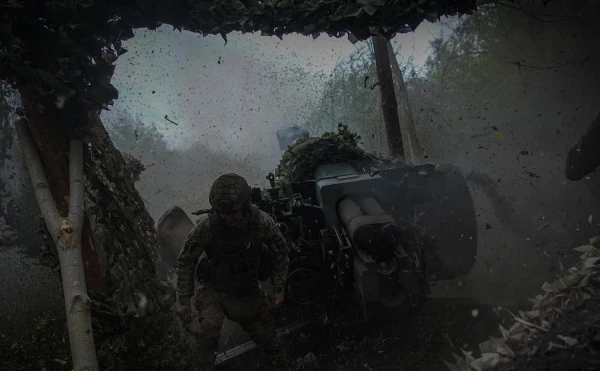









Leave a comment